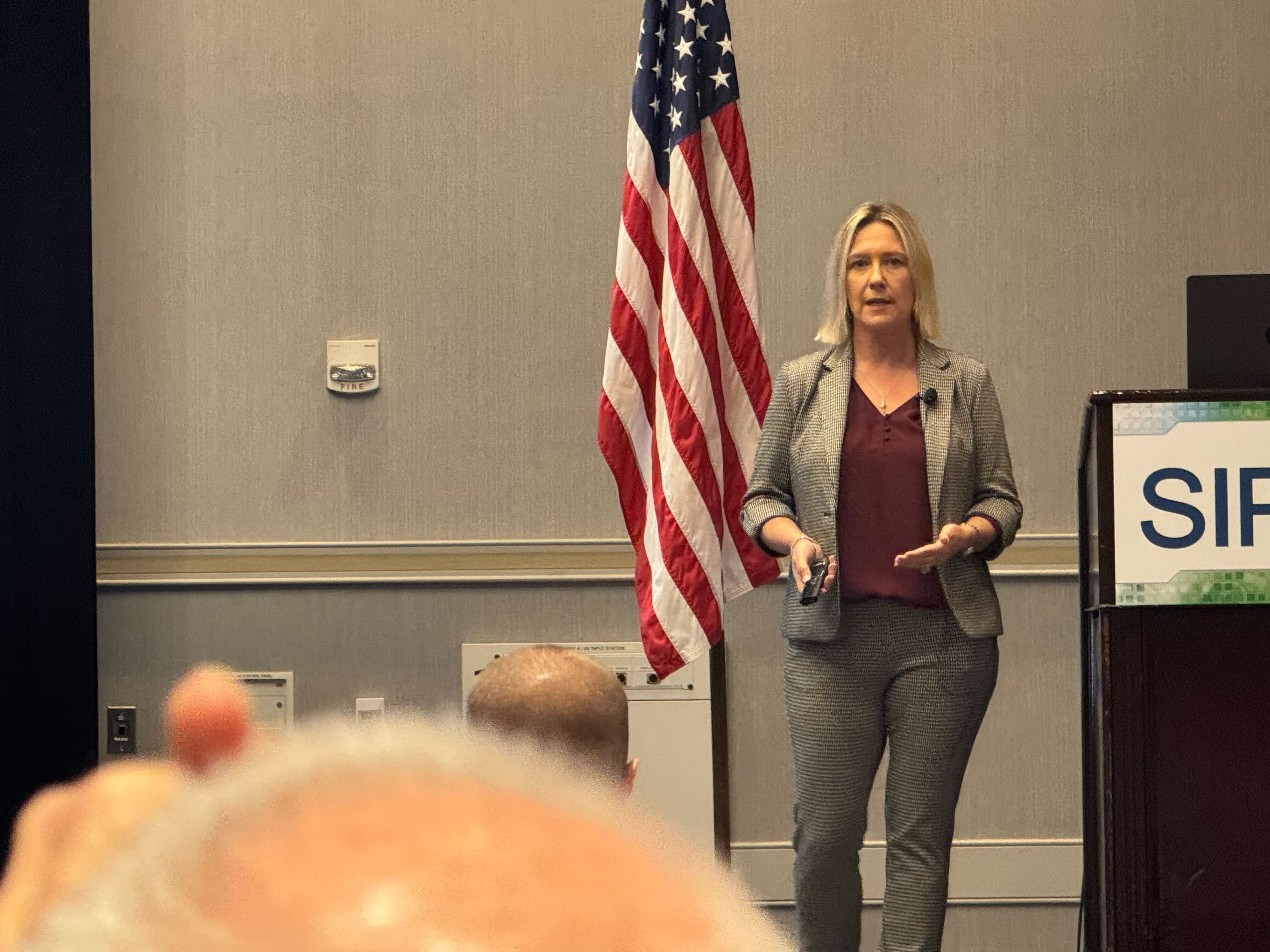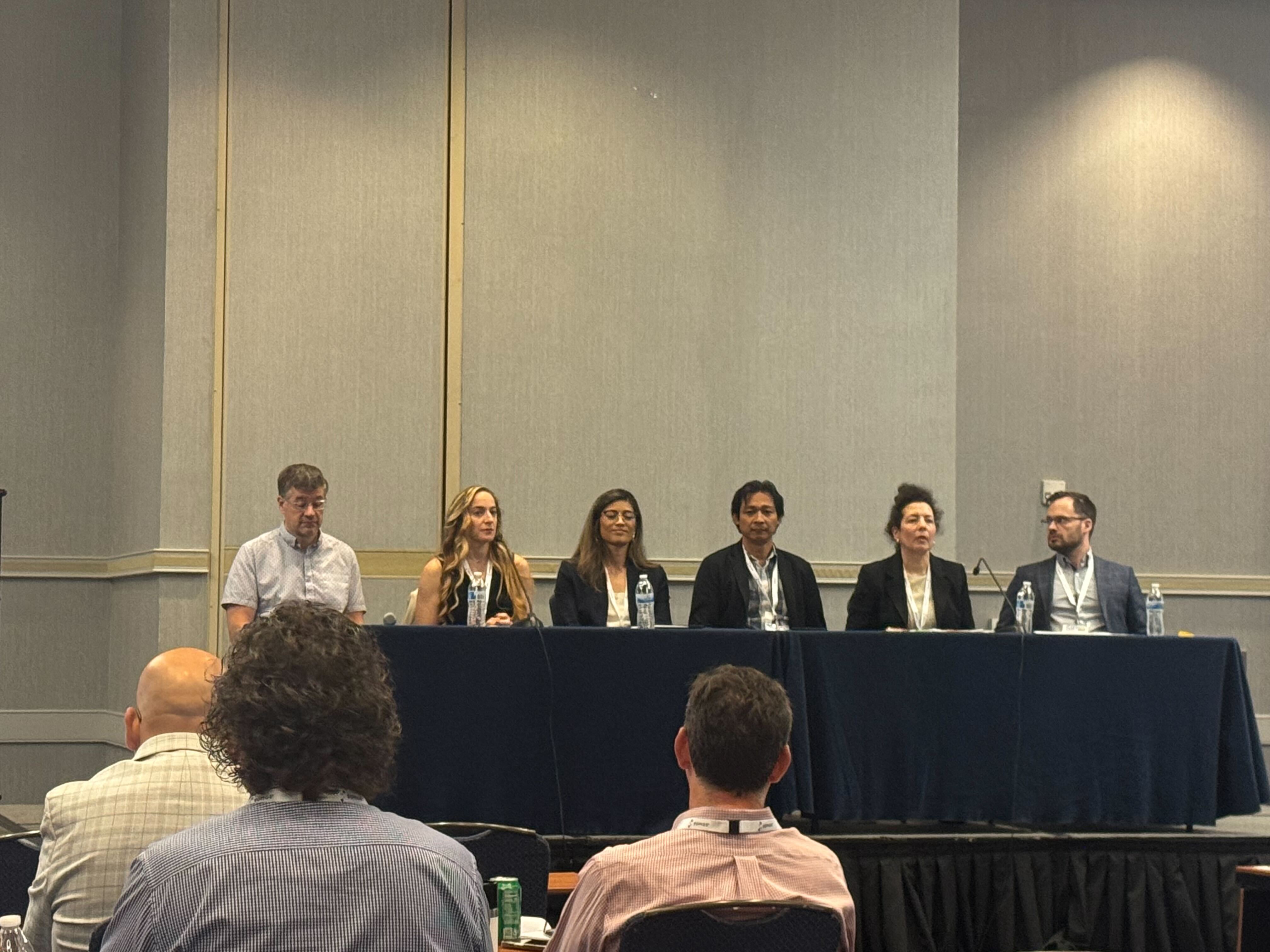-
Fraud Mitigation & Data Integrity
Essential tools for trust, integrity, fraud prevention & regulatory compliance.
- Driving Confidence in Telecom Through the Trust Framework
- RealNumber DNO – Prevent Fraud on Voice & Text
- RealAgent – Avoid Potential TCPA Violations
- RealBrand – Reinforce a Phone Number’s Identity & Reputation
- Global Number Range – Gain Authoritative Number Intelligence
- Live Status – Query Real-Time Mobile Number Intelligence
- Number Portability Query – Access Accurate Local & Global Number Portability Details
-
Routing Optimization
Gain access to authoritative routing data to create the ultimate routing intelligence for your traffic.
-
Number Administration
Empowering connectivity as the FCC appointed administrators for critical numbering registries.
-
Connected Device Intelligence
Gain total transparency to your IoT assets’ current state and vulnerabilities.
Insights
Restoring Trust in Voice: Leaders from T-Mobile, Navy Federal, First Orion & Somos Unite at SIPNOC 2025
 Consumer trust in voice communications continues to be tested under the weight of robocalls, illegal spoofing and impersonation scams. That’s why at SIPNOC 2025, Somos convened a panel of industry leaders to address how call authentication and branding can work together to restore confidence in the voice channel.
Consumer trust in voice communications continues to be tested under the weight of robocalls, illegal spoofing and impersonation scams. That’s why at SIPNOC 2025, Somos convened a panel of industry leaders to address how call authentication and branding can work together to restore confidence in the voice channel.
A Panel of Diverse Perspectives
The session, moderated by Jaime Zetterstrom, Vice President of Product at Somos, brought together leaders from across the telecom ecosystem, including:
-
Melodie Sobrenilla – Product Manager, Technical, T-Mobile
-
Homer Filart – Member of Technical Staff, T-Mobile
-
Anna Fridley – AVP at Navy Federal, leading efforts to counter Brand Abuse
-
Julie Fowler – VP of Sales Engineering, First Orion
-
Josh Whitehurst – Head of Product, First Orion
-
Chris Wendt – VP of Systems Engineering, Somos

The conversation started with an examination of the limitations of the current STIR/SHAKEN framework. Panelists noted that while network attestation marked an important step forward, it doesn’t validate an enterprise’s actual identity or its right to use a particular number. They agreed that enterprise-level call authentication — rooted in Right-to-Use validation, cryptographic proofs and transparent certificate chains — will play a critical role in preventing impersonation and restoring trust in the voice channel.
From the financial industry perspective, Navy Federal’s Anna Fridley emphasized the growing risks of criminals exploiting gaps in telecom controls to impersonate trusted brands. She explained how these schemes not only defraud consumers of billions of dollars annually but also damage customer trust in financial institutions. She highlighted stronger authentication measures and proactive enforcement of Right-to-Use as critical tools for protecting consumers.
T-Mobile representatives Melodie Sobrenilla and Homer Filart provided the wireless provider view, stressing that authentication at scale requires uncompromising standards of security and trust because even small lapses erode subscriber confidence. By combining rigorous authentication protocols with a seamless branded calling experience, they showed how wireless providers can deliver verified, trustworthy calls that consumers are more likely to answer. These advancements also reinforce the integrity of the broader branded calling ecosystem.
Defining Call Authentication
The panel aligned on a shared definition: call authentication must deliver trust, security and value across the ecosystem. This means protecting consumers while enabling legitimate businesses to connect with confidence. Key components include:
-
Integration with Know Your Customer practices
-
Robust Right-to-Use validation
-
Interoperability across networks
Innovation in Branded Calling
The discussion also highlighted recent innovations. First Orion’s Julie Fowler and Josh Whitehurst described their deep vetting processes for both businesses and telephone numbers, emphasizing how continuous validation of enterprise-to-number associations prevents brand misrepresentation. T-Mobile’s Melodie Sobrenilla and Homer Filart added to this, sharing how their branded calling vetting protocols, including enhanced logo validation, strengthen consumer confidence.
Chris Wendt reinforced the importance of transparency and standardization, positioning Right-to-Use as a cornerstone for restoring the telephone number as a trusted identity anchor.
Building a Sustainable Framework
Looking ahead, the panel agreed that wireless providers, enterprises, analytics providers and regulators must collaborate to build a sustainable, interoperable framework for trust. They identified standardizing Right-to-Use practices and embedding enterprise-level authentication across the industry as critical next steps.
Ultimately, the session closed with a clear call to action: every branded call must begin with authentication. By implementing transparent validation standards and strengthening cross-industry cooperation, the telecom ecosystem can re-establish trust in voice communications and ensure that every call consumers receive is truly trusted, transparent and secure.
Stay Connected
Stay in touch! Sign up for our monthly newsletter.
Need to reach us sooner? Call, text, or email us at:
844.HEY.SOMOS help@somos.com